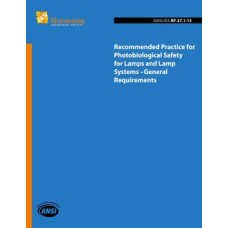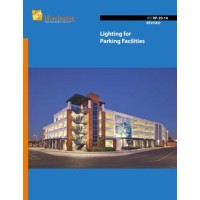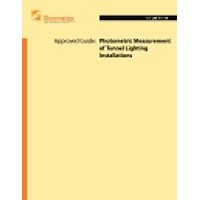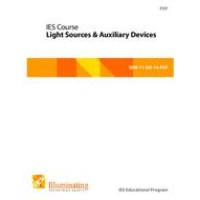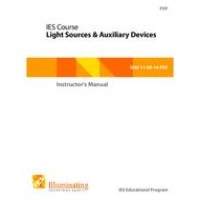IES RP-27.1-15
- Photobiological Safety for Lamps and Lamp Systems - General Requirements
- standard by Illuminating Engineering Society, 11/06/2015
- Category: IES
$40.00
$20.00
The purpose of these standards is to inform the public and original equipment manufacturers (OEMs) about potential radiation hazards that may be associated with various lamps and lamp systems. It is also the purpose of these standards to provide guidance, advice, and standard methods for evaluating and informing the user, both the public and the OEM, about the potential optical radiation hazards that may be associated with these products.
This Recommended Practice covers the evaluation and control of optical radiation hazards from all electrically powered sources of optical radiation that emit in the wavelength range from 200 nm through 3,000 nm (3.0 um [micrometers]) except for light emitting diodes (LEDs) used in optical fiber communication systems and for lasers which are covered in a separate series of ANSI (American National Standards Institute) standards (SeriesZ136). Federal mandatory requirements for lamps subject to specific Federal Regulations take precedenceover requirements in subsequent standards included in this series.
Note 1: Units of wavelength in this document are exclusively in nanometers (nm).
Note 2: Subtended angles are denoted by the full included angle, not the half angle.
 PDF
PDF
All of our standards document are available in PDF (Portable Document Format), an electronic, downloadable format.You will be able to download the file in your account downloads.
 Multi-User Access
Multi-User Access
After purchasing, you have the ability to assign each license to a specific user.
 Printable
Printable
At any time, you are permitted to make printed copies for your and your members' reference use.

